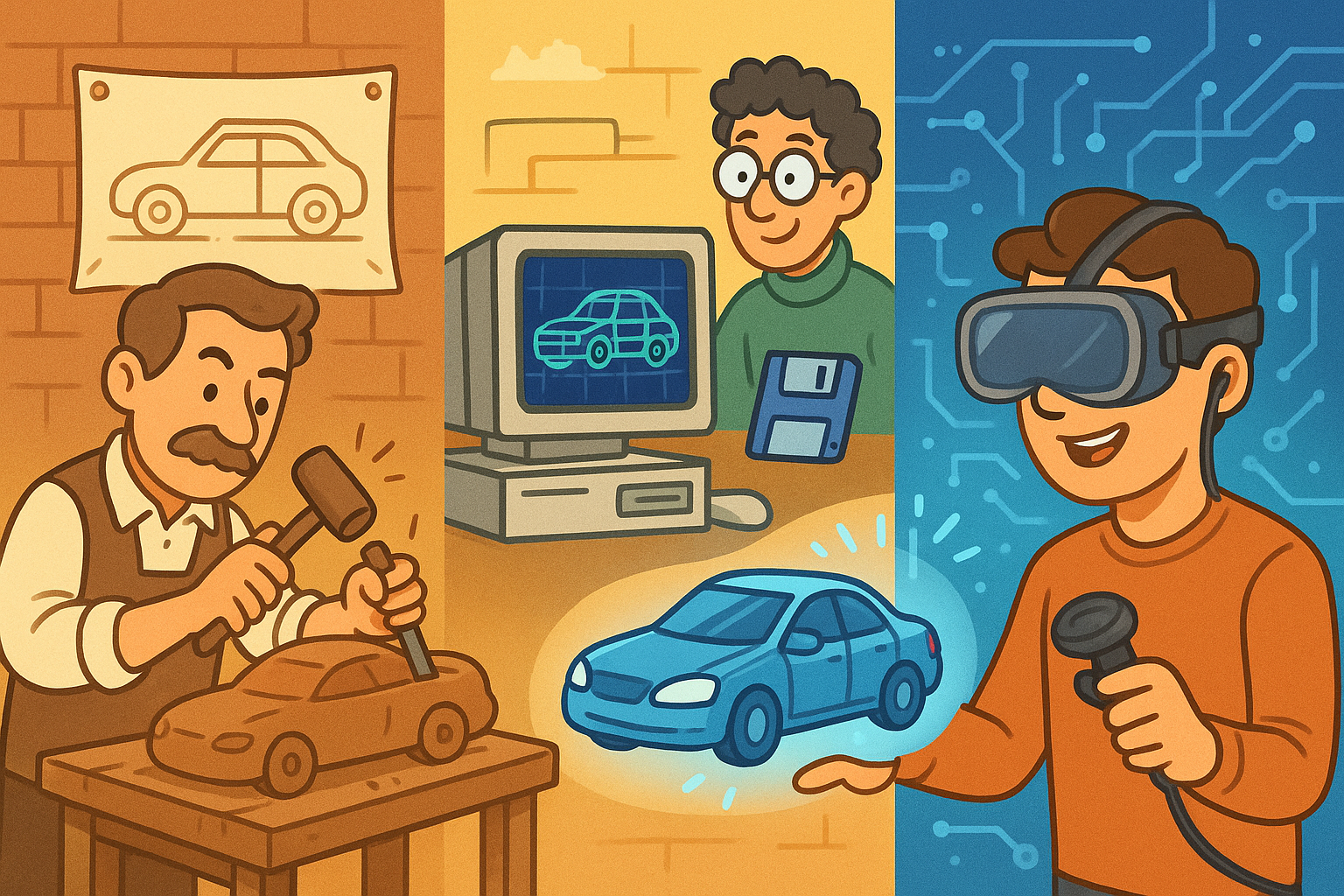Your Cart is Empty
Customer Testimonials
-
"Great customer service. The folks at Novedge were super helpful in navigating a somewhat complicated order including software upgrades and serial numbers in various stages of inactivity. They were friendly and helpful throughout the process.."
Ruben Ruckmark
"Quick & very helpful. We have been using Novedge for years and are very happy with their quick service when we need to make a purchase and excellent support resolving any issues."
Will Woodson
"Scott is the best. He reminds me about subscriptions dates, guides me in the correct direction for updates. He always responds promptly to me. He is literally the reason I continue to work with Novedge and will do so in the future."
Edward Mchugh
"Calvin Lok is “the man”. After my purchase of Sketchup 2021, he called me and provided step-by-step instructions to ease me through difficulties I was having with the setup of my new software."
Mike Borzage
Revit Tip: Essential Tips for Effective Revit Model Coordination and Clash Detection
June 29, 2024 2 min read

Effectively coordinating a Revit model and detecting clashes early in the design stages can prevent costly and time-consuming issues during construction. Here are essential tips to ensure smooth coordination and clash detection using Revit:
- Use Revit's Built-in Interference Check: Revit includes an Interference Check tool to help identify clashes between elements. Regularly run interference checks between different model categories and fix identified issues.
- Divide and Conquer: For large projects, consider dividing your model into smaller, manageable sections. This approach can make clash detection more efficient and less overwhelming.
- Employ Worksets and Phasing: Utilize worksets and phasing to control the visibility of elements and manage different stages of the project. This organization can help in identifying potential issues in a phased or multi-stage project.
- Coordinate with Linked Models: When working in a team environment, link external models and coordinate between architectural, structural, and MEP disciplines. Regularly update and monitor these links for changes that could lead to clashes.
- Standardize Naming Conventions: Implement consistent naming conventions for elements and families to streamline communication and clash detection processes among team members.
- Leverage View Filters: Create specific view filters to isolate and review sets of related elements. This targeted approach can help in identifying clashes in crowded areas of the model.
- Utilize 3D Views for Spatial Coordination: Create dedicated 3D views for clash detection and coordination meetings to visually communicate the issues to the team.
- Take Advantage of Third-Party Tools: While Revit has built-in tools, sometimes third-party software like Navisworks offers more advanced clash detection features. Consider exporting your model to such tools for a more detailed analysis.
- Regular Coordination Meetings: Hold regular coordination meetings with the project team to discuss and resolve detected clashes. Use the model as a visual tool to facilitate discussions.
- Document Resolutions: Keep a log of identified clashes and their resolutions. This documentation can serve as a reference for future projects and help in avoiding repeated mistakes.
For professionals seeking to deepen their knowledge in Revit and other related software, NOVEDGE is an excellent resource. NOVEDGE offers a wide range of software solutions and expertise that can enhance your Revit experience, including training and support for advanced coordination and clash detection methodologies.
By following these tips, you can ensure that your Revit model coordination and clash detection efforts are effective, minimizing the risk of costly errors during construction. Efficient model coordination is vital for successful project delivery, and Revit provides the tools necessary to achieve this goal.
You can find all the Revit products on the NOVEDGE web site at this page.
Also in Design News

Design Software History: Emergence of Virtual Prototyping: Historical Context, Technological Advancements, and Impact on Modern Product Development
September 11, 2025 10 min read
Read More
IoT Integration in Design Software: Revolutionizing Connectivity and Real-Time Insights
September 11, 2025 8 min read
Read More
Cinema 4D Tip: Optimizing 3D Modeling Efficiency with Cinema 4D's Symmetry Object
September 11, 2025 3 min read
Read MoreSubscribe
Sign up to get the latest on sales, new releases and more …


